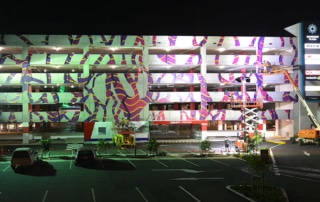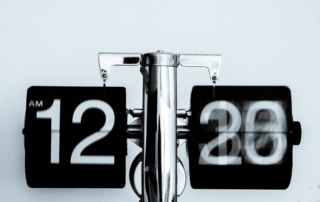How to make the best use of your long-term time-lapse video when completed
The uniqueness about time-lapse photography is that it captures a whole event over time from start to finish and delivers it in a short video to engage your audience. Polish it with background music, branding and some dynamic text to tell a story and it becomes a resource to be utilised in many ways:
5 Common Misconceptions About Long Term Time-lapse Photography
When it comes to time-lapse photography there are a number of misconceptions that should be clarified before embarking on a time-lapse style project. Here are 5 things you might not have known about time-lapse.


